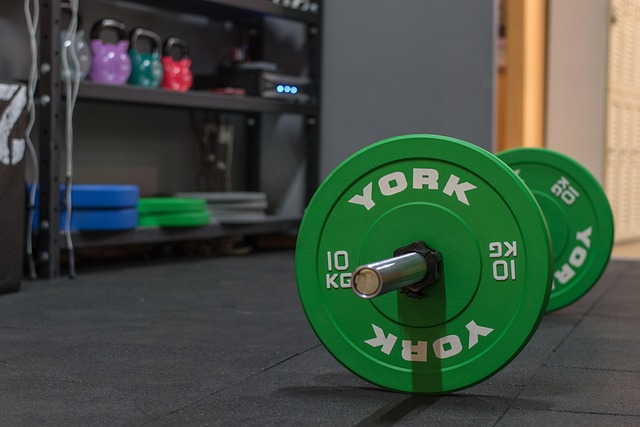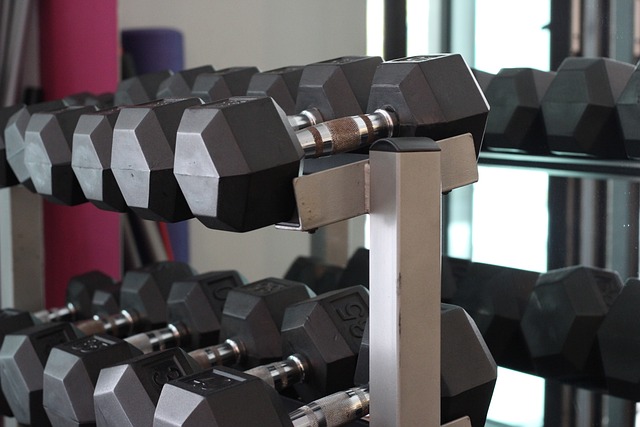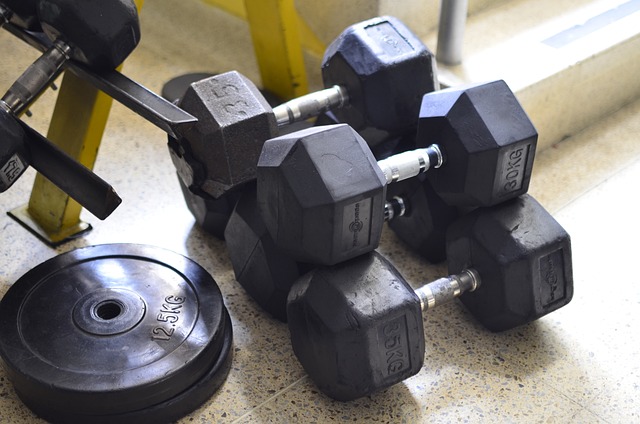Strength training is one of the most effective ways to build muscle, improve endurance, and enhance overall fitness. However, like any physical activity, it carries a risk of injury if not approached with care and proper technique. From strained muscles to joint pain, injuries can derail progress and lead to frustration. Fortunately, many injuries are preventable with the right strategies, and even when they do occur, they can be managed effectively to ensure a safe return to training. In this article, we’ll explore how to prevent and manage injuries in strength training, empowering you to train smarter and stay resilient.
Why Injuries Happen in Strength Training
Before diving into prevention and management, it’s important to understand why injuries occur during strength training. Common causes include:
- Poor Form : Incorrect technique places unnecessary stress on muscles, joints, and ligaments.
- Overtraining : Pushing beyond your limits without adequate rest can lead to overuse injuries.
- Lack of Warm-Up : Skipping a proper warm-up leaves muscles and joints unprepared for intense activity.
- Inadequate Recovery : Failing to allow time for healing after workouts increases the risk of chronic issues.
- Imbalances : Weak or underdeveloped muscles can create compensatory movements that strain other areas.
- Improper Equipment : Using weights that are too heavy or equipment that doesn’t fit properly can increase injury risk.
Understanding these factors is the first step toward minimizing risks and ensuring a safer training experience.
Preventing Injuries in Strength Training
1. Master Proper Form
Good form is the cornerstone of injury prevention. Before increasing weight or intensity, ensure you’re executing each exercise correctly:
- Learn exercises from qualified trainers or reliable resources.
- Focus on controlled movements rather than rushing through reps.
- Avoid locking joints (e.g., elbows, knees) at full extension to reduce strain.
- Use mirrors or video recordings to check your alignment.
2. Start Light and Progress Gradually
One of the biggest mistakes beginners make is lifting too much weight too soon. Follow the principle of progressive overload:
- Begin with lighter weights to build foundational strength and practice technique.
- Increase resistance incrementally as your body adapts.
- Listen to your body—if something feels off, stop and reassess.
3. Prioritize Warm-Ups and Cool-Downs
A dynamic warm-up prepares your body for exercise by increasing blood flow and loosening muscles, while a cool-down helps with recovery:
- Warm up with light cardio (e.g., jogging, rowing) and mobility exercises specific to your workout.
- Stretch major muscle groups post-workout to maintain flexibility and reduce soreness.
4. Incorporate Rest and Recovery
Rest days are just as important as training days. They give your body time to repair and grow stronger:
- Schedule at least one or two rest days per week.
- Alternate between upper-body and lower-body workouts to allow targeted muscle groups to recover.
- Get enough sleep—aim for 7-9 hours per night—to support muscle repair and overall health.
5. Address Muscle Imbalances
Muscle imbalances occur when certain muscles are stronger or tighter than others, leading to poor posture and increased injury risk:
- Include unilateral exercises (e.g., single-leg squats, single-arm presses) to target weaker sides.
- Strengthen stabilizing muscles, such as those in the core, hips, and shoulders.
- Perform corrective exercises to address tightness or weakness identified by a trainer or physical therapist.
6. Use Proper Equipment
The right gear ensures safety and maximizes performance:
- Wear supportive footwear designed for weightlifting.
- Use wrist wraps, belts, or knee sleeves if needed—but don’t rely on them excessively.
- Ensure machines and free weights are adjusted to your height and comfort level.
7. Stay Hydrated and Nourished
Proper nutrition and hydration play a critical role in injury prevention:
- Drink water before, during, and after workouts to prevent dehydration, which can impair performance.
- Fuel your body with balanced meals rich in protein, carbohydrates, and healthy fats to support muscle repair and energy needs.
Managing Injuries When They Occur
Even with the best precautions, injuries can still happen. The key is to address them promptly and take steps to facilitate healing:
1. Recognize Early Warning Signs
Pain is your body’s way of signaling trouble. Pay attention to:
- Sharp or stabbing pain during movement.
- Persistent discomfort that doesn’t subside with rest.
- Swelling, bruising, or stiffness in affected areas.
If you notice any of these signs, stop exercising immediately and assess the situation.
2. Follow the RICE Method
For acute injuries like sprains or strains, use the RICE protocol:
- Rest : Avoid activities that aggravate the injury.
- Ice : Apply ice packs for 15-20 minutes every few hours to reduce inflammation.
- Compression : Use bandages or wraps to minimize swelling.
- Elevation : Keep the injured area elevated above heart level to promote blood flow.
3. Seek Professional Help
If symptoms persist or worsen, consult a healthcare provider:
- A physical therapist can design a rehabilitation plan tailored to your needs.
- A doctor may recommend imaging tests (e.g., X-rays, MRIs) to rule out fractures or soft tissue damage.
4. Modify Your Workouts
Returning to training too quickly can exacerbate an injury. Instead:
- Focus on low-impact exercises that don’t strain the affected area.
- Reduce weight or intensity temporarily.
- Substitute problematic exercises with alternatives—for example, swap barbell squats for leg presses if knee pain is an issue.
5. Be Patient
Healing takes time, and rushing back to full capacity can set you back further. Trust the process and celebrate small victories along the way.
Building Long-Term Resilience
To minimize future injuries, adopt habits that promote long-term strength and mobility:
- Cross-Train : Incorporate activities like yoga, swimming, or cycling to complement your strength routine.
- Focus on Mobility : Regularly stretch and foam roll to maintain joint flexibility and muscle elasticity.
- Strengthen Supporting Muscles : Don’t neglect smaller stabilizer muscles that protect larger ones.
- Educate Yourself : Continuously learn about anatomy, biomechanics, and safe training practices.









